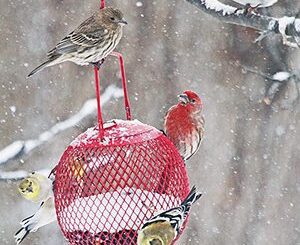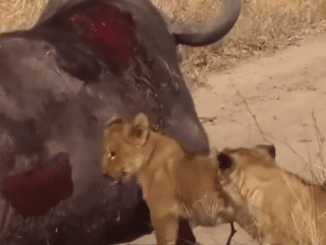In the animal kingdom, the battle between species is a captivating topic, where strength, agility, and survival strategies come to the forefront. One of the most intriguing and dramatic confrontations is between crocodiles and Komodo dragons—two “kings” in their respective habitats.

Biological Characteristics
Crocodiles: Crocodiles, belonging to the family Crocodylidae, are apex predators in freshwater and coastal environments. They have large bodies, thick skin, and tough scales that offer protection from attacks. With sharp teeth and an incredibly powerful bite, crocodiles are expert hunters.
Komodo Dragons: The Komodo dragon, the largest lizard in the world, belongs to the family Varanidae. They primarily inhabit the islands of Indonesia. With lengths of up to 3 meters, Komodo dragons possess strong jaws and can run swiftly. Notably, their saliva contains harmful bacteria, making it easier for them to subdue their prey.
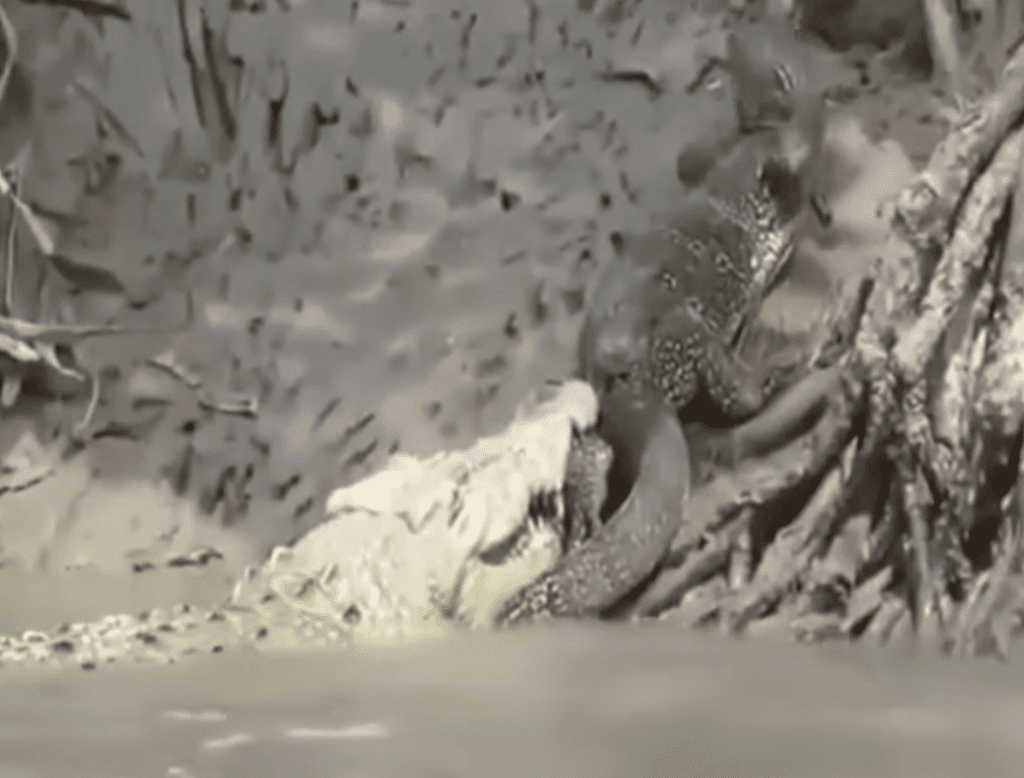
Habitat
Crocodiles typically live in water bodies such as rivers, lakes, and swamps, while Komodo dragons are found on arid islands. However, there are situations where these two species may encounter each other when crocodiles venture near coastal areas or when Komodo dragons are hunting.
An Inevitable Clash
When these two species confront each other, they often leverage their advantages. Crocodiles can use their strength and diving ability to outsmart Komodo dragons. Conversely, Komodo dragons may employ speed and strategic attacks to overpower their opponent.
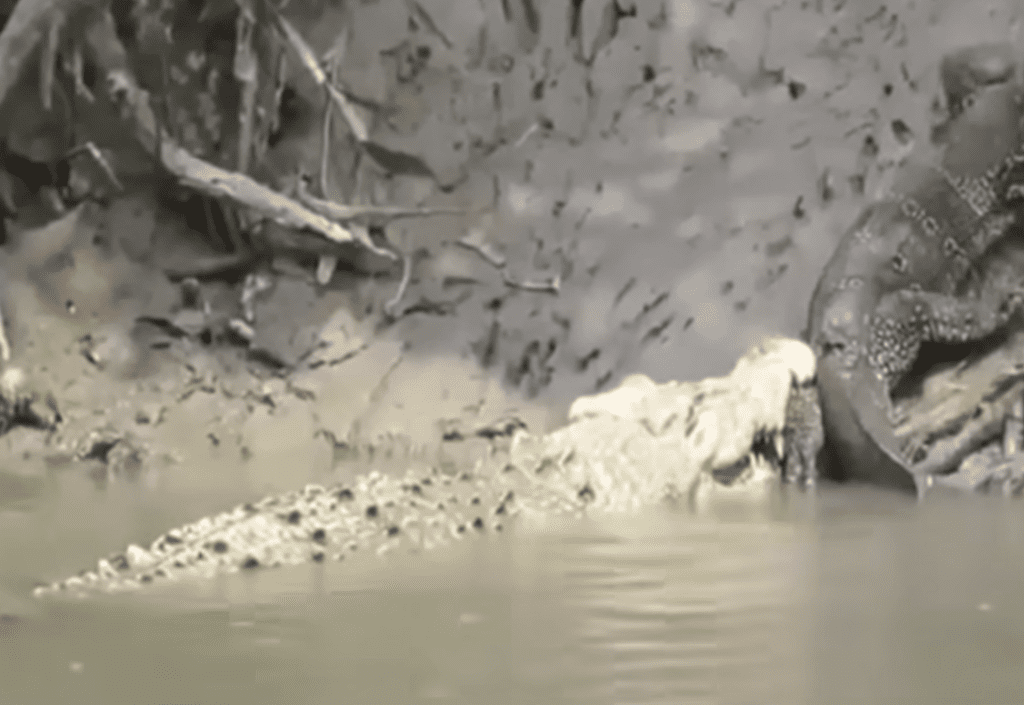
If a Komodo dragon dares to approach a crocodile, it could be caught off guard and attacked. Conversely, crocodiles could also become prey if Komodo dragons attack in groups or if the situation is unfavorable for them.
Conclusion
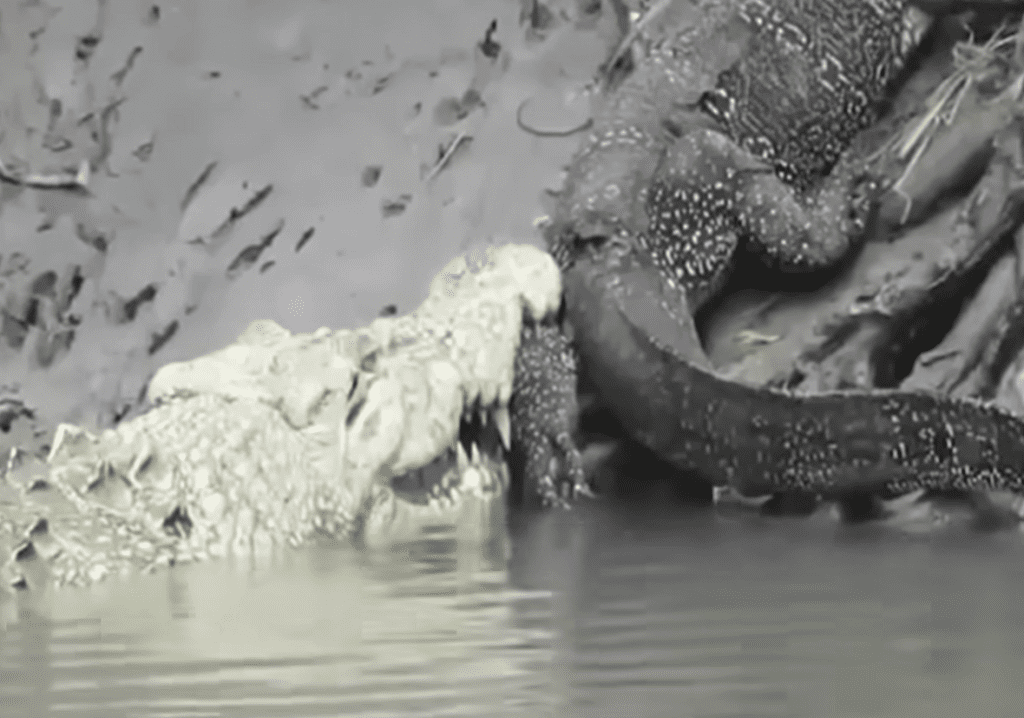
The battle between crocodiles and Komodo dragons represents not just a conflict between two powerful species but also a symbol of competition and survival in the natural world. Each species has its own tactics and adaptability, making this confrontation incredibly fascinating. Regardless of the outcome, both contribute to the diversity and vitality of the ecosystems they inhabit.
